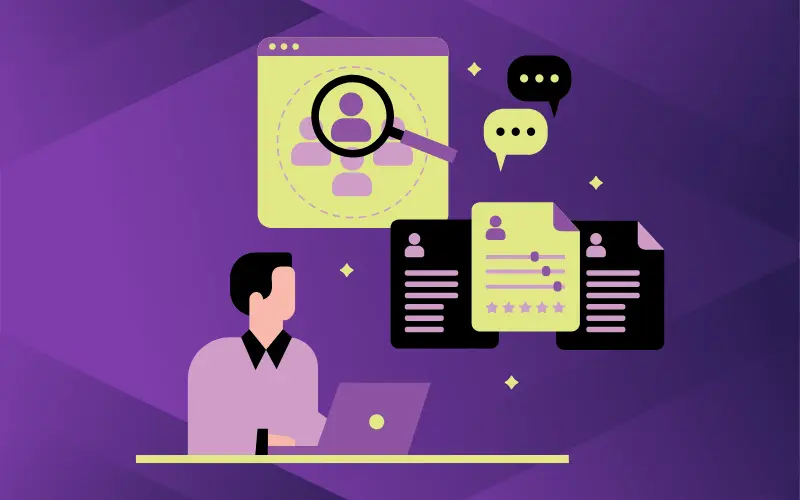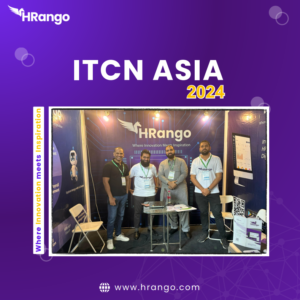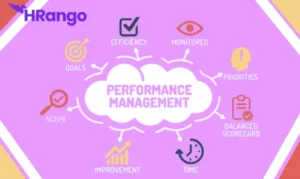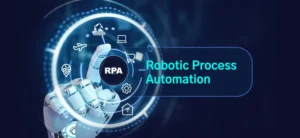What is an HRMS?
Starting with the introduction to HRMS, a Human Resource Management System (HRMS) like hRango is a suite of software applications used to manage human resources and related processes throughout the employee lifecycle. An HRMS enables a company to fully understand its workforce while staying compliant with changing tax laws and labor regulations. It combines a number of systems and processes to ensure the easy management of a company’s employees and data.
Here are the Key Features of HRMS that hRango offers to streamline your HR processes
1. Employee Information Management
- Centralized storage of employee data
- Easy access to employee records
- Management of personal details, job history, and performance reviews
2. Recruitment and Onboarding
- Streamlining the hiring process
- Candidate tracking and management
- Paperless onboarding and induction processes
3. Attendance and Leave Management
- Automated tracking of attendance and work hours
- Leave management systems for easy leave requests and approvals
- Integration with biometric devices for accurate time tracking
4. Payroll Management
- Automated payroll processing
- Tax calculations and compliance
- Direct deposit management and payslip generation
5. Performance Management
- Goal setting and tracking
- Employee appraisals and feedback
- Performance analytics and reporting
6. Employee Self-Service
- Portals for employees to access their information
- Self-service options for leave requests, updating personal information, and viewing pay stubs
- Enhanced employee engagement and satisfaction
7. Talent Management
- Succession planning and career pathing
- Learning and development modules
- 360-degree feedback and skill assessments
8. Compliance Management
- Ensuring adherence to labor laws and regulations
- Automated compliance reporting
- Audit trails for HR processes
Benefits of an HRMS
1. Efficiency and Productivity
- Automation of routine HR tasks reduces manual work
- Streamlined processes save time and reduce errors
- Employees can focus on strategic activities rather than administrative tasks
2. Data Management and Security
- Centralized database for easy data management
- Enhanced data security with access controls
- Improved accuracy and consistency of employee data
3. Improved Decision Making
- Real-time data and analytics provide insights for better decision-making
- Comprehensive reporting tools help in workforce planning and management
- AI-driven insights for strategic HR initiatives
4. Enhanced Employee Experience
- Self-service portals improve transparency and accessibility
- Efficient onboarding processes improve new hire experience
- Regular performance feedback and development opportunities increase engagement
5. Compliance and Risk Management
- Automated compliance with labor laws reduces legal risks
- Timely updates on regulatory changes ensure ongoing compliance
- Audit trails and reporting tools assist in maintaining compliance
Conclusion
Introduction to HRMS comes to an end. There are a lot of benefits of HRMS and Key Features of HRMS which were discussed earlier in this blog. Implementing an HRMS can transform the way an organization manages its human resources, from recruitment to retirement. By leveraging the features of HRMS and benefits of HRMS, companies using hRango can improve efficiency, enhance employee satisfaction, and make data-driven decisions that support their strategic goals.
FAQs
What is the primary purpose of an HRMS?
The primary purpose of an HRMS is to manage and automate various HR processes, including payroll, employee data management, and performance tracking, to improve efficiency and accuracy in HR operations.
How does HRMS improve payroll management?
HRMS automates payroll processing by integrating with time and attendance systems, ensuring accurate calculations, compliance with tax regulations, and timely payments to employees.
Can HRMS be customized to fit specific business needs?
Yes, most HRMS platforms offer customization options that allow businesses to tailor the system to their specific requirements, including custom workflows, reports, and user interfaces.
How does HRMS contribute to employee engagement?
HRMS enhances employee engagement by providing self-service portals, streamlining HR processes, and offering tools for performance management and development, all of which empower employees and improve their overall experience.
What are the key factors to consider when selecting an HRMS?
Key factors include assessing your organization’s needs, evaluating the scalability and features of the HRMS, considering the ease of use, and reviewing the vendor’s reputation and customer support options.







